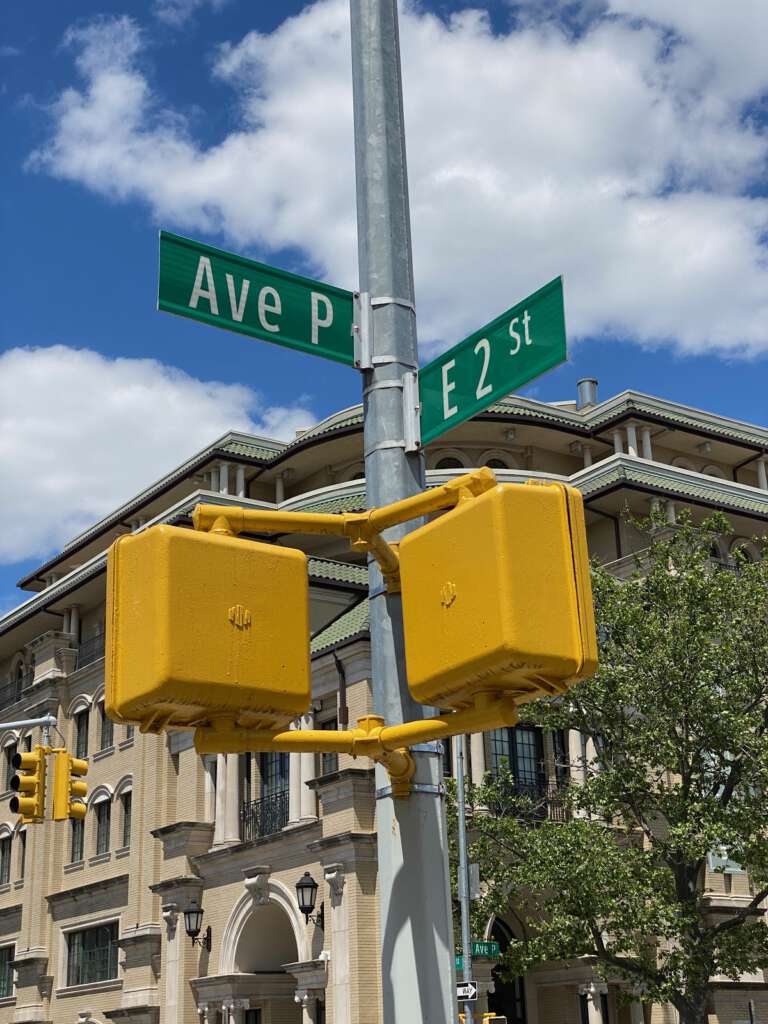
A Visit to the Old Neighborhood – Gravesend Brooklyn, New York
Here in New York City, it seems as if everyone hails from somewhere else. In my social circle, native New Yorkers are a rare breed, but I’m proud to say that I’m the real thing. A Brooklynite, born and raised. I entered the world at Caledonian Hospital, in 1960. (Caledonian Hospital closed in 2003. It’s now a bunch of luxury condos where, for about $2600 a month, you can rent a one-bedroom apartment.)
We lived on East 2nd Street between Avenue P and Quentin Road, in a neighborhood with the lovely, cheerful name of Gravesend. It’s a place where Jews and Italians lived side by side in perfect harmony. Although it’s only a 45-minute subway ride from where I currently live, it always feels like I’m journeying to another country. I rarely visit, even though my sister still lives there.
The coronavirus pandemic has restricted many of my usual activities – movies, museums, indoor dining, the gym. Instead, I mainly spend my time walking and exploring different neighborhoods. Two weeks ago, I decided to visit the old nabe for a trip down memory lane.
That weekend, the F train to Brooklyn only went as far as Church Avenue, so I had to take a bus a little further south, leaving me off at Avenue P and Coney Island Avenue. I lived on East 2nd. Coney Island Avenue is the equivalent of East 11th, not a very far walk. We passed East 10th, 9th, 8th, and 7th and then hit Ocean Parkway, which is the equivalent of East 6th Street.
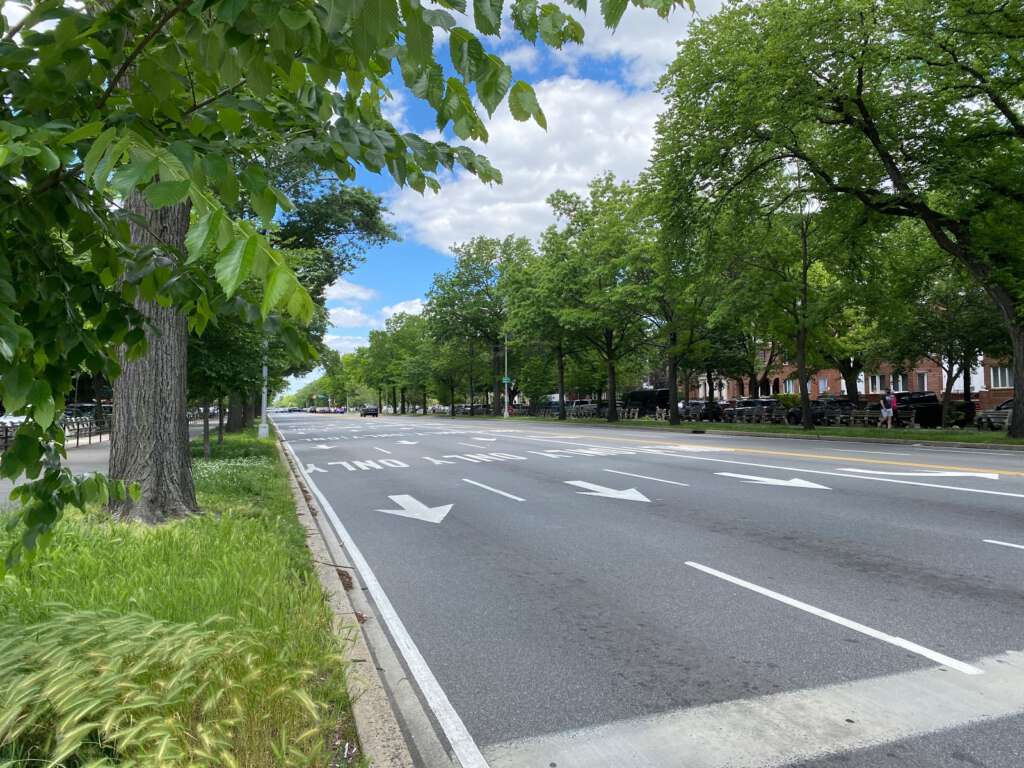
Ocean Parkway was always one of my favorite streets. It’s a wide avenue (7 lanes, the middle lane being for turns) that runs north-south. There are two medians lined with trees and pedestrian sidewalks. There are also two small parallel side streets that are flanked by some pretty nice homes. Believe it or not, it was designed by Frederick Law Olmstead and Calvin Vaux, the same guys who designed Central Park and Prospect Park.

For me as a kid, the thing that distinguished this street from the others were the benches. The only place you’d ever really see benches was in a park, so having benches flanking a roadway was different. Every now and then, my parents would stroll the four blocks to Ocean Parkway and sit on one of the benches, chatting and watching the cars go by. In the evenings, many of the residents along Ocean Parkway would gather on the benches, shmoozing and gossiping.
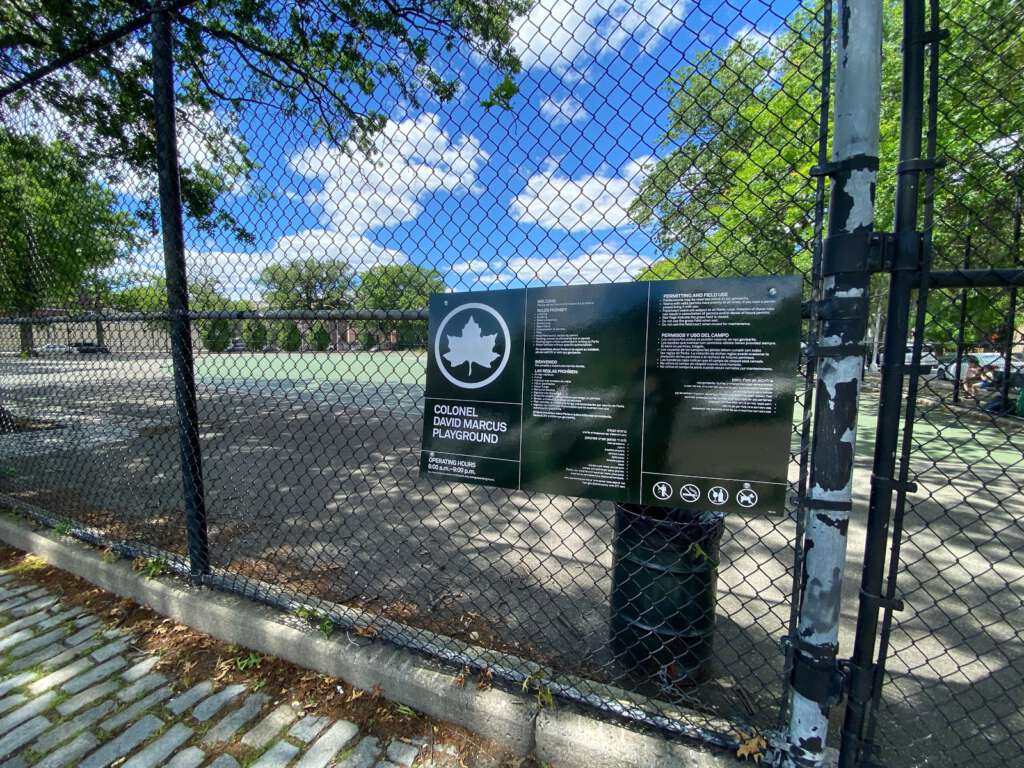
A block further, we hit East 5th Street. This is where the park was located. Officially, it’s the Colonel David Marcus Playground, but none of us kids knew that, or ever called it that. It was just “The Park”.
The entire park actually spanned both East 4th and 5th Street.
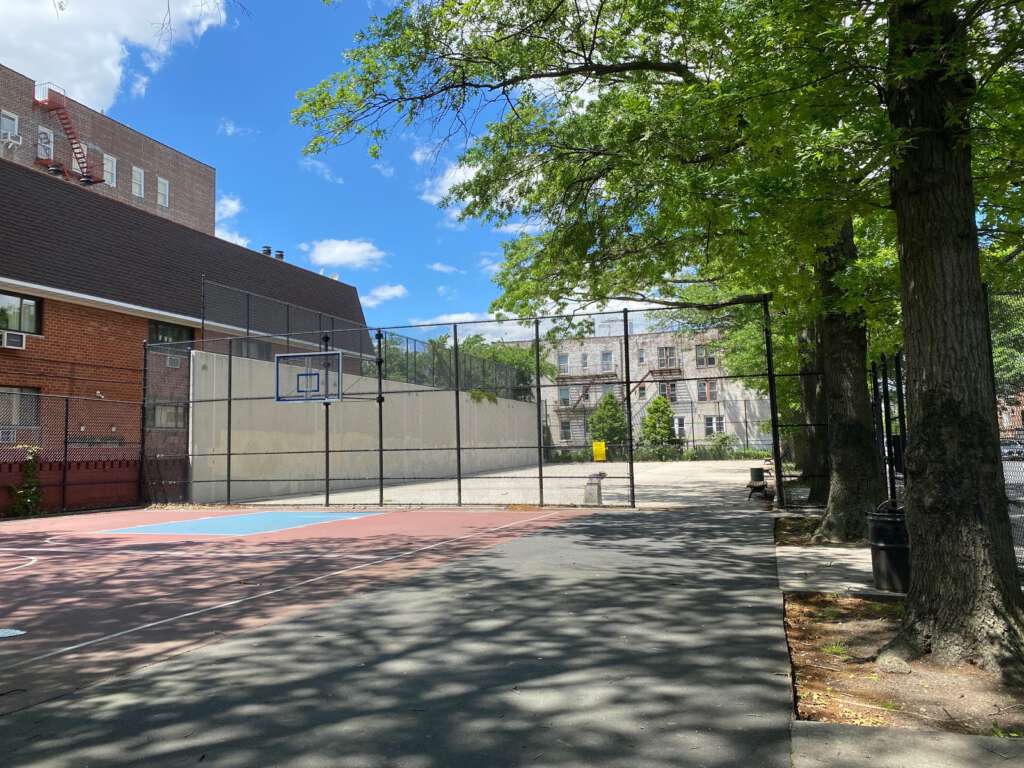
The East 4th Street side had a basketball court, and a long wall where people played handball, racquetball, and paddleball.
Handball is quintessential Brooklyn. I was always impressed by good handball players, because you had to be ambidextrous.
It’s not like tennis or racquetball, where you could hit either forehand or backhand. With handball, if you were a righty and a ball was hit to your left, you had to smack it with your left hand. Not easy. Some handball players wore little gloves on their hands, but the more macho participants wouldn’t hear of it.
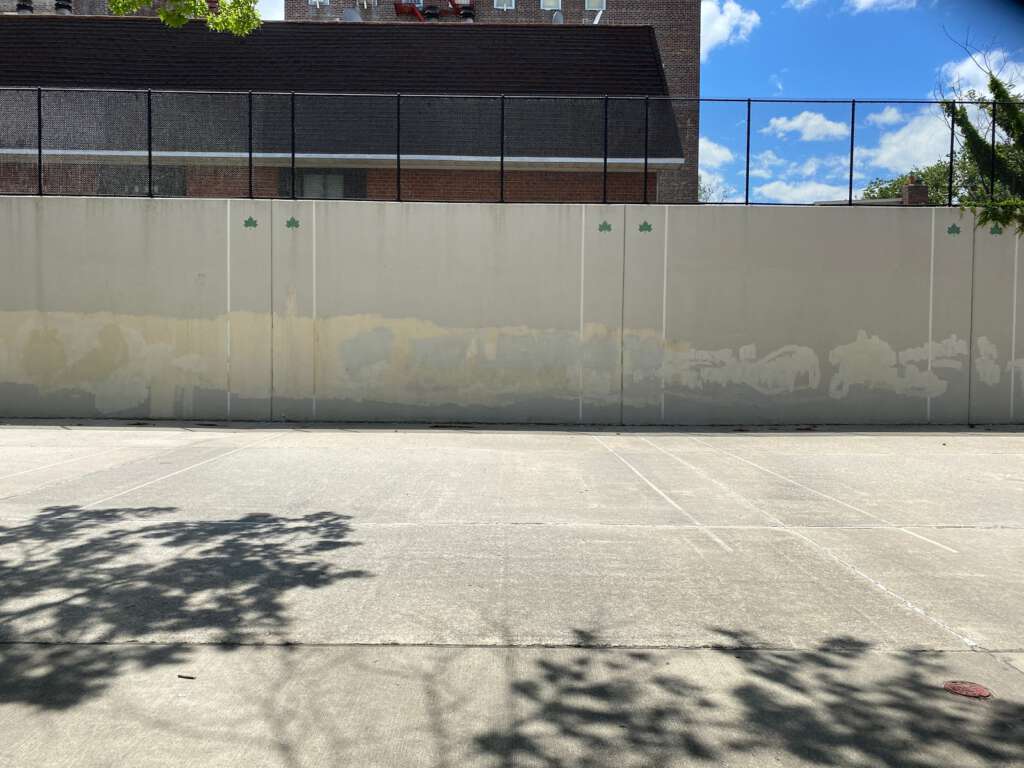
I spent countless hours playing paddleball here.
Paddleball is like racquetball, but you use a wooden paddle and a “Spaldeen”. Eventually, I graduated to racquetball, where you use those little mini tennis racquets and a small, hard blue ball.
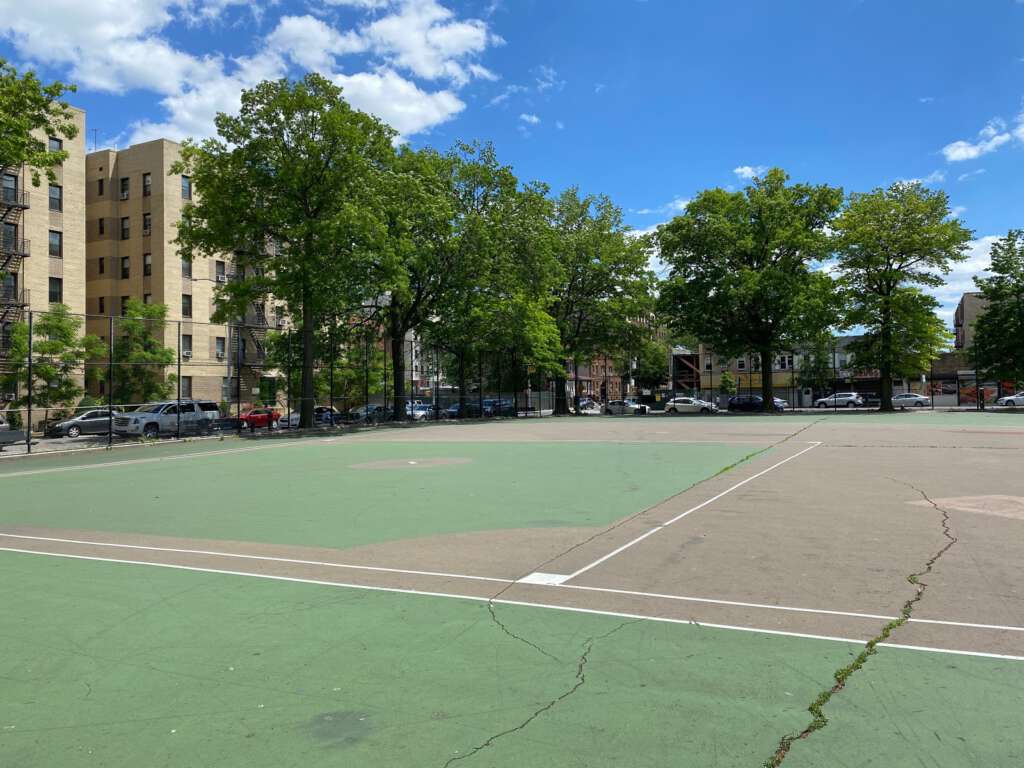
A large playing field, consisting of a few baseball diamonds, comprised the bulk of the park between East 4th and East 5th. Here we played softball as well as stickball. Again, I spent countless summer days playing or watching ball games here. One memory seared into my brain is playing stickball here, and hitting a ball completely out of the park, having it land on Avenue P, where it bounced off a car, never to be seen again.
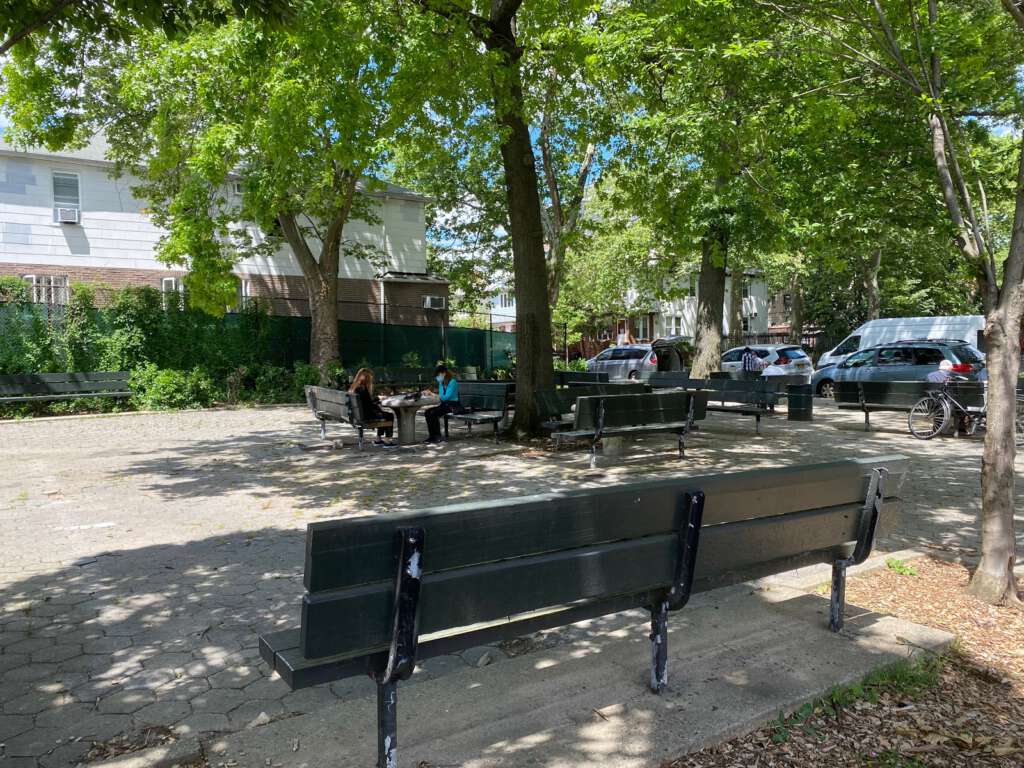
Just north of the playing field was a small sitting area, where we used to hang out and play cards.
On the East 5th side of the park was the playground.
As a little kid, my father would take me here and push me on the swings.
I also climbed the monkey bars, played on the see-saw, and went down the slide.
In literature, I’ve seen monkey bars referred to as a “jungle gym” and the see-saw called a “teeter-totter”.
We never called ‘em that. Maybe that’s a regional thing, or Brooklyn thing, I don’t know.
The neighborhood has definitely changed, but it was amazing to see that The Park looks very much like it did 50 years ago.
—–
My father had a big family. He was one of ten kids – 7 girls, 3 boys. He was number 9. They were all born in Russia, except for my aunt Florence; she was number 10. She was born after they all arrived here on the boat. Five of the siblings lived not too far from each other. My uncle Mike lived in Borough Park, a very Jewish enclave. We lived in Gravesend on East 2nd, and three of his sisters – Mary, Molly, and Pauline – also lived in Gravesend together, in the same house, at 1638 East 4th Street, between Avenue O and P. We referred to his sisters’ home as “The House”. If my uncle Mike was in the area visiting these sisters, my dad would say that “Mike is at The House”, or he’d tell us that he was going to stop by “The House” on Sunday. The three sisters lived downstairs. The upstairs apartment was occupied by Pauline’s daughter Edna, and her two kids, Charles and Merry. There were never any husbands around. Mary never married (not surprising; she was a real witch), Molly apparently had once been married decades before (not sure I ever knew the full story), and Pauline was married, but her husband had died (I never knew that story, either.) Pauline’s daughter Edna was a widow (another unspoken mystery.) Weird.
Although you see the front door (the house on the right), no one ever used that entrance. There was a side door in the alleyway, and that’s the door everyone used. I spent many, many weekends here. Molly was my favorite of my father’s sisters. She was very artistic, and she used to encourage me to draw, and would draw with me. She also used to read me stories and play card games with me. She was a very sweet lady.
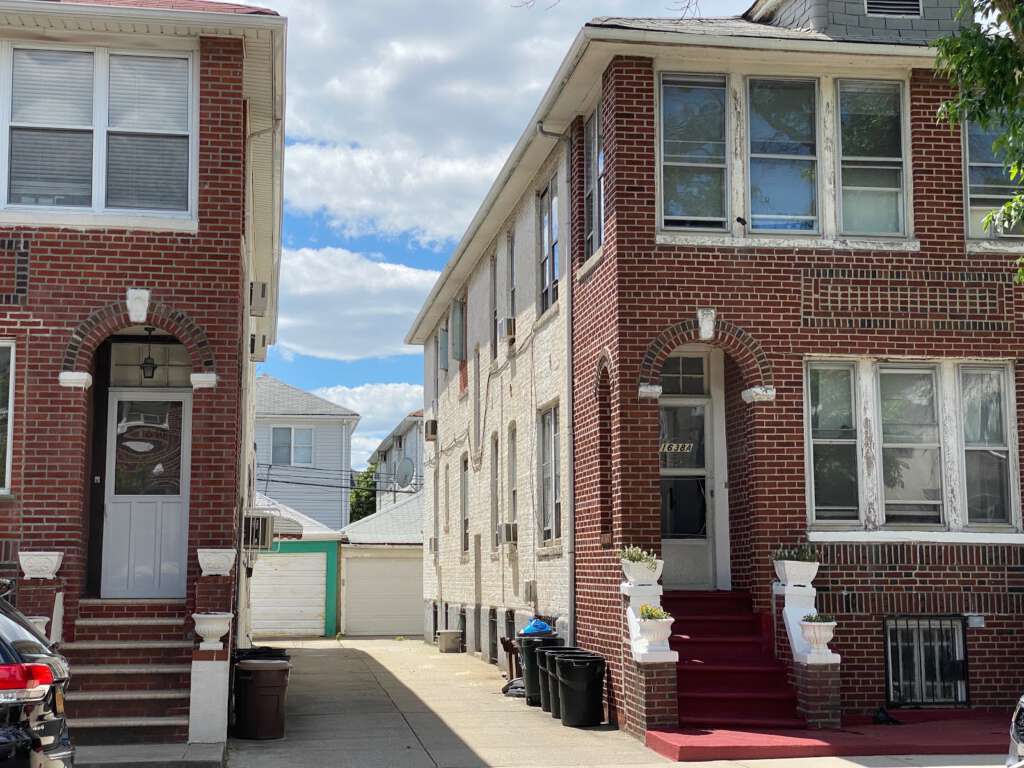
After this little detour, we headed back to Avenue P. I was amazed to see that the supermarket, Associated, was still there! Back in the day, there was a bigger supermarket right around the corner from my block (called Big Apple, which morphed into Key Food, and then ShopRite), and that’s where we used to get our groceries. Associated was two blocks away, and had less inventory.
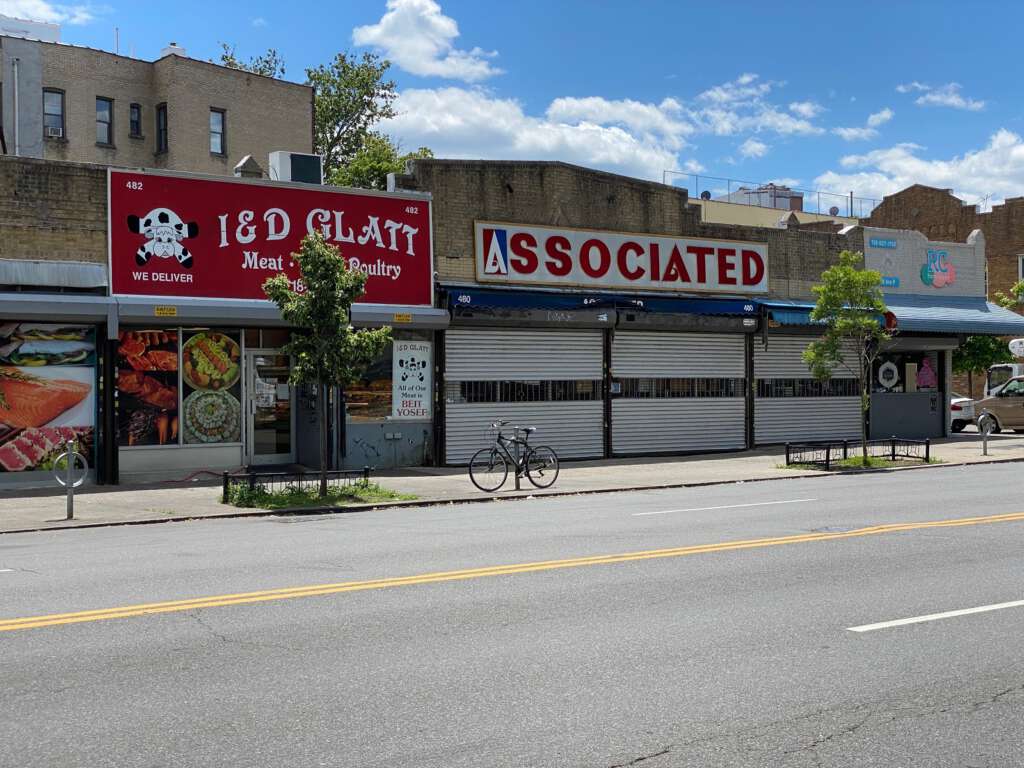
It’s interesting that while most of the old stores have disappeared, and all of them have undoubtedly changed ownership, several stores have retained their same business. For example, that store next to Associated is currently a glatt butcher shop. (“Glatt” is a type of kosher, basically an insane, paranoid, obsessive-compulsive form of kosher). When I was a kid, the store was called Gluck. It, too, was a kosher meat market. My mother would shop there occasionally. She said the meat there was better quality, but was much more expensive.
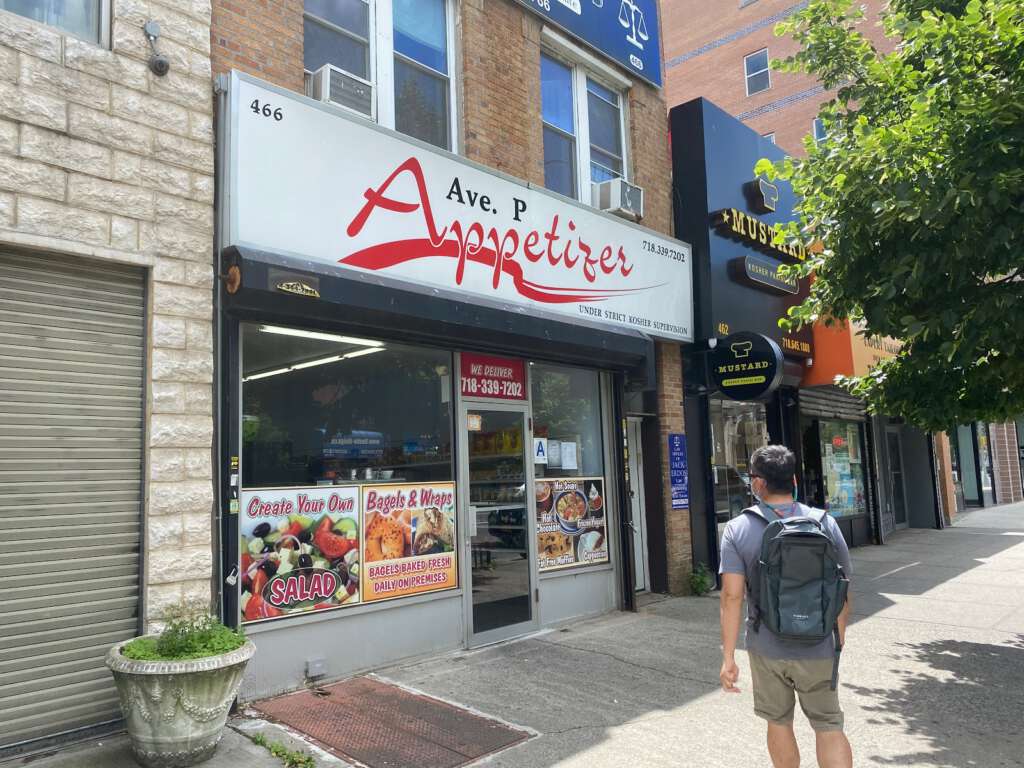
This place here, Avenue P Appetizer, used to be Irving’s Appetizing. This was a real fantasy-land for me as a kid. It was just like Russ and Daughters, the Jewish food Mecca in Manhattan. Every other weekend, I’d go there with my dad, (or by myself, with a list), and purchase such delicacies as lox, baked salmon salad (my mother’s favorite), pickled herring, vegetable cream cheese, olives (black, or green stuffed with pimento, or both), sable fish, white fish, bagels, and bialys. I remember Irving himself, a thin, old, bald guy. He eventually died, but his sons carried on the family business. After you ordered all of your stuff, the guy would set it all aside, and then tally the bill by writing the cost of each item on the side of the paper bag in pencil, and then add it up. My dad used to check the calculations when he got home. It should be noted that Jews use the word “appetizing” as a noun as well as an adjective. Appetizing is loosely defined as anything you might put on a bagel.
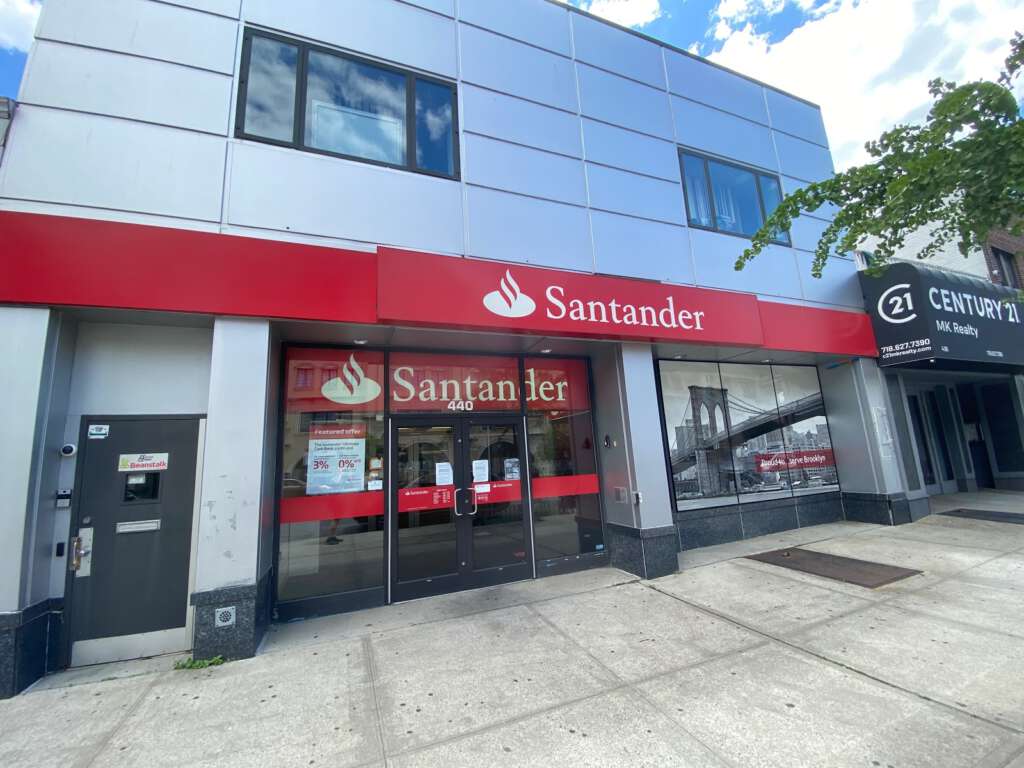
A little further down, I came upon Santander bank, and it reminded me of another bank that used to be one block further west on the same side of the street, the Chase Manhattan Bank. It wasn’t any old Chase Manhattan Bank. On August 22, 1972, this was the scene of the bank robbery that inspired the movie Dog Day Afternoon.
If you don’t remember the story, here’s a brief summary. Two men held up the bank, “Sonny” (played by Al Pacino in the movie), and Sal. Sonny was a Vietnam veteran who “married” a man (Sal) who wanted sex reassignment surgery. The operation was to be funded by the proceeds of the robbery. Who would have thought gay marriage and transgender issues would be a thing in 1972! The cops arrived at the bank while Sonny and Sal were still inside, and the robbers held 8 bank employees hostage.
What’s amazing to me was how hostage situations were handled back then. Now, they would cordon off four or five blocks. Back then, they blocked off maybe 40 yards on either side of the bank! During the standoff, businesses on the block stayed open, and if customers wanted to go into a store or luncheonette, the cops would let you through the police line! It didn’t take long for word to get out that a hostage situation was unfolding at the bank, and a huge crowd started to amass. I was one of the onlookers, booing, cheering, and clapping along with the other specators, as events unfolded. How does the story end? Rent the movie. 🙂
On the next block, we come to the bakery. There were two bakeries close by on Avenue P: The Garden Bakery, between East 4th and 5th (it’s now gone), and the Cake Center, between East 2nd and 3rd. My mother said that the Garden Bakery was better, but we used to go to the Cake Center because it was closer. I remember their big sign, in red capital letters, that said Cake Center. Now, it’s the Kosher Cake Center.
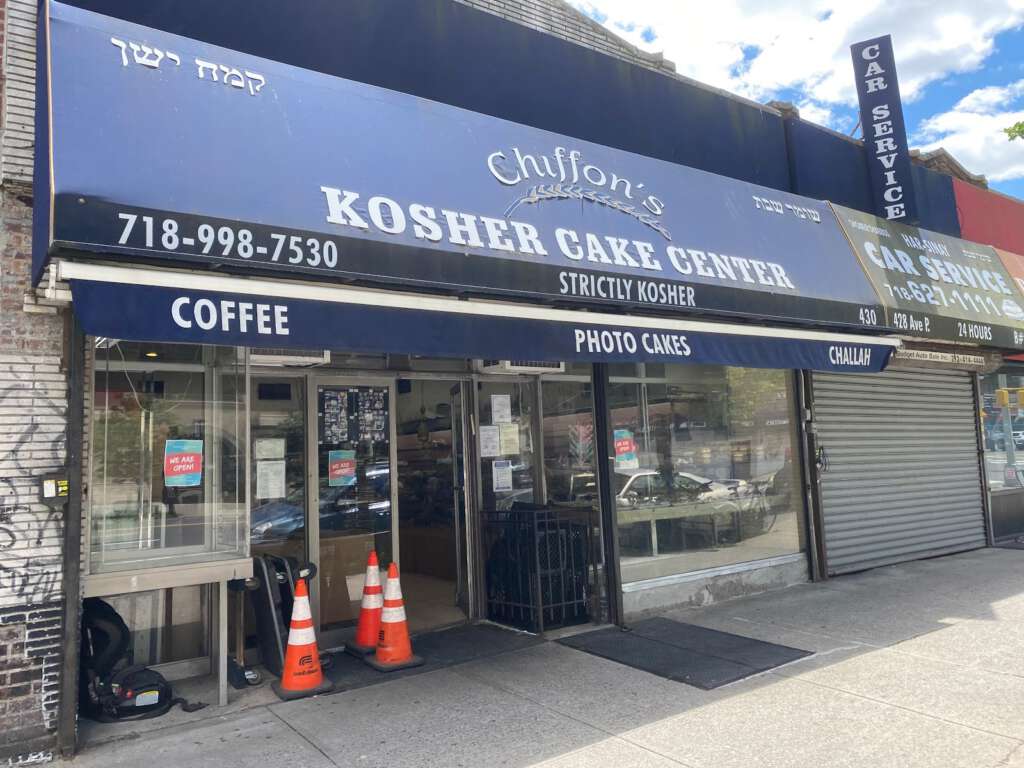

I popped inside, and it was like a time warp. The display cases are exactly the same from 60 years ago. Those big gold teardrop shaped things hanging from the ceiling hold the red and white string that they use to tie the cake and cookie boxes closed.
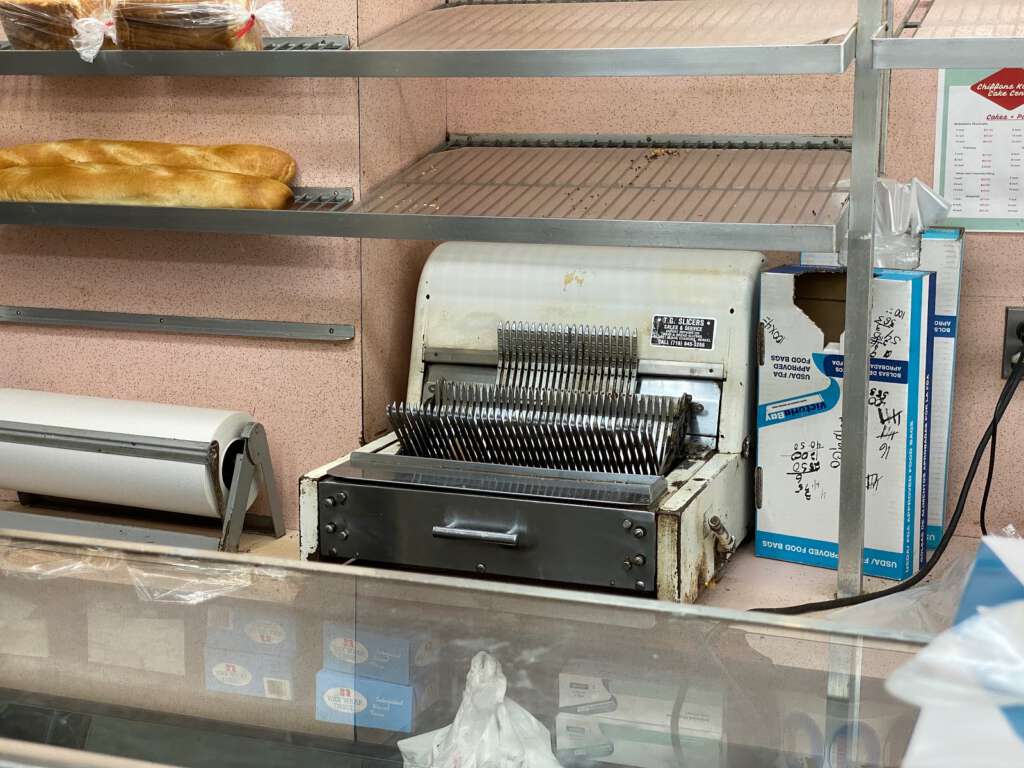
That bread slicer? It’s the same bread slicer that used to slice the rye bread that I bought there every week. Not just the same model. It’s the SAME slicer. I’d recognize it anywhere. It’s over 50 years old! It’s indestructible. If you need to slice some bread after a nuclear holocaust, this is where you should come.
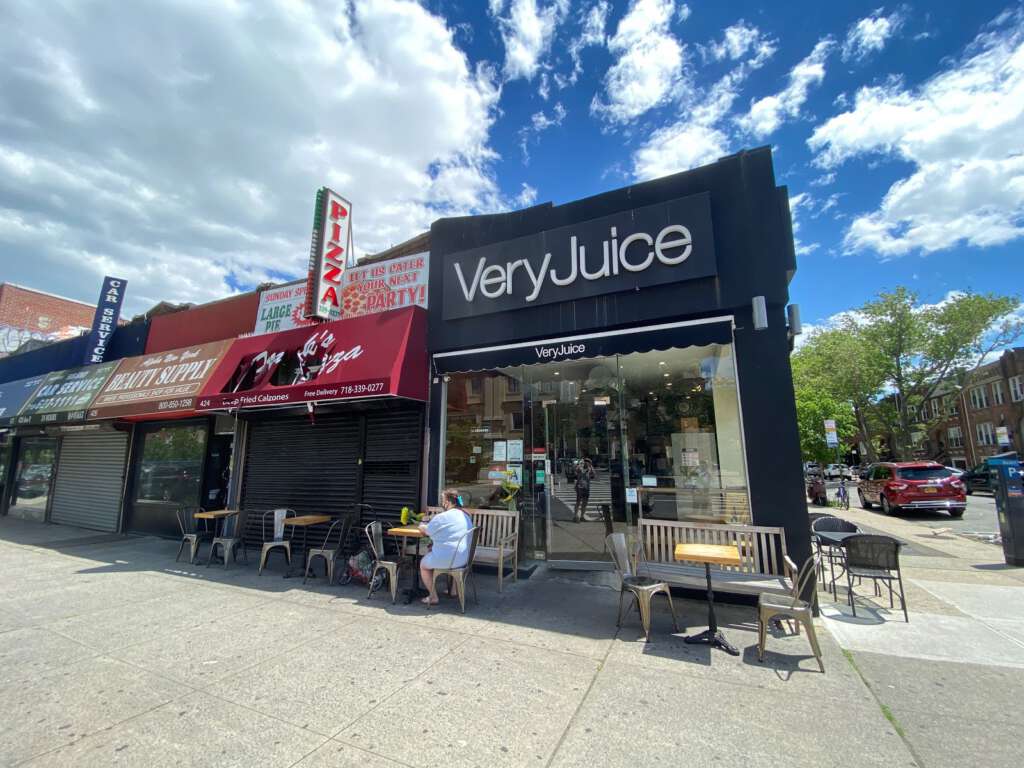
As we approached the eastern corner of East 2nd Street, I was pleased to see that there’s still a pizzeria there. That used to be Armando’s pizzeria. Armando was an old Italian guy who was missing his right thumb and barely spoke English. But man oh man, his pizza was great! I usually got a regular slice, but occasionally I’d get a square, which was equally fabulous. They sold calzones and zeppoles, too. I never got a calzone there, but I used to get zeppoles now and then. Real healthy stuff, those zeppoles. Dough, fried in oil, and then covered in powdered sugar. I’d kill for one right about now, actually. They also sold Italian ices there, and that’s probably what I bought the most there. A small one was 15 cents; a large one was a quarter. I remember the neon sign in the window that said pizza, 20 cents a slice. When they finally raised the price to 25 cents, they drew a big black 5 on a paper plate and put the plate over the zero. Then it went up to 30 cents, and they took down the old plate, and put up a new paper plate with a big black 3 over the number 2. When the price went to 35 cents, the neon sign disappeared forever. The store on the actual corner used to be Giro’s, a butcher shop that we used to call “The Pork Store” (or “the pawk staw”, if you want to be Brooklyn awthentic.)

Across the street, on the western corner, there’s a cellular service store called BW. This used to be Whelan’s drug store, a typical old timey drug store that sold medicine, cosmetics, birthday cards, and most importantly… candy. Jerry Seinfeld said that as a kid, the only thought in his brain for the first ten years of life was “get candy”. Well, me too. Candy played a huge role in my life as a kid, and Whelan’s was where I got it.
Okay, it’s time to stroll down the actual street where I grew up.
This was a real community back then. Families lived in the same home for years and years. My family lived on this street for over 30 years, and we were renters. This was not uncommon. Everyone knew everyone. We watched everyone’s kids grow up, get married, and either move away, or move into the apartment above or below. It was a Jewish-Italian neighborhood. East 3rd and East 4th Street were mostly Jewish. My block, East 2nd, was mainly Italian. Like, really Italian. There were a few Italian widows, the kind who wore black every day for the rest of their lives after their husbands died. There were some folks from the old country who barely spoke English. Everyone’s last name ended in a vowel: Artemisio, Apicella, Francavilla, Bunnicelli, Columbo, Valerio, Pisano, Selvaggio, Mistretta, DiPietro, Casano, Pergola, Ancona, DeLucia, Montemarano, Malangone…
…and Plotnick.
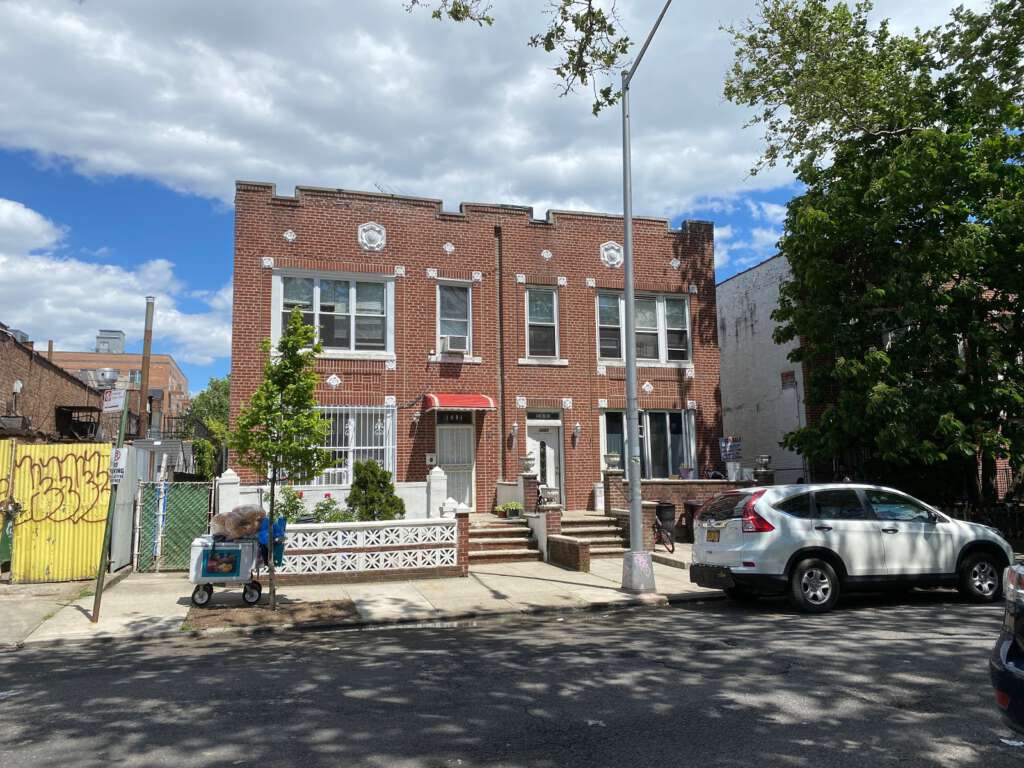
Ah yes, the infamous first house on the eastern side of the street. The residents on my block were all typical lower middle class, hard-working, salt-of-the-earth, blue-collar people. And then, a family moved into this corner house, and it definitely brought the character of the street down a few notches. The mother was a trashy hag and the husband was kinda dirtbaggy. There were five kids, spawned from an unknown number of fathers. As a kid, you’re usually not too cognizant of the subtleties in social status between families, but that wasn’t the case with this bunch. Anyone could see that this was a family of petty thieves and future convicts. Years ago I became Facebook friends with a girl from the old neighborhood and she clued me in as to the ultimate fate of some of the members of this family, but it was years ago and I’ve forgotten it all. Suffice to say, it didn’t end well.
About a third of the way down, on the western side of the street, we come upon the home at 1702. This is where my best friend Douglas lived, with his mother and his sister. His parents got divorced when he was very young. I think I met his father once, briefly. I barely recall it. My mother and his mother, Shirley, were also best friends. Douglas and I did everything together. His mother eventually remarried, and they moved upstate, to Nyack, around 1975. From that point on, I completely lost touch with him. Then, strangely, he called me out of the blue while I was working at The ASPCA around 1998, and we had a brief but nice chat. I haven’t spoken to him since then. I’ve Googled his name and searched for him on Facebook many times, to no avail. He has zero internet presence. Perhaps one day we’ll meet again.
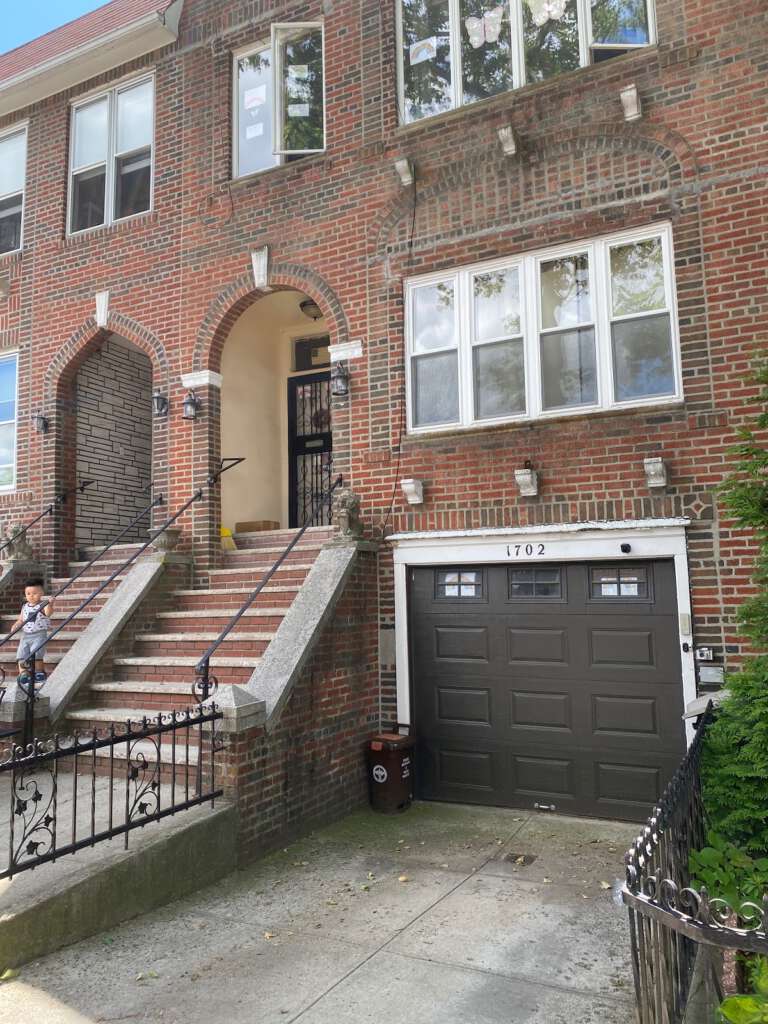
At some point, another family bought the home and moved into the downstairs apartment, and I became good friends with the daughter, Gloria. She was a tomboy. Good athlete, fun to be around, cool taste in music. Her cousin Joey lived down the block, and we’d all hang out together. Gloria and I reconnected about ten years ago on Facebook, and eight years ago, she, Joey, and I met for dinner in Manhattan.
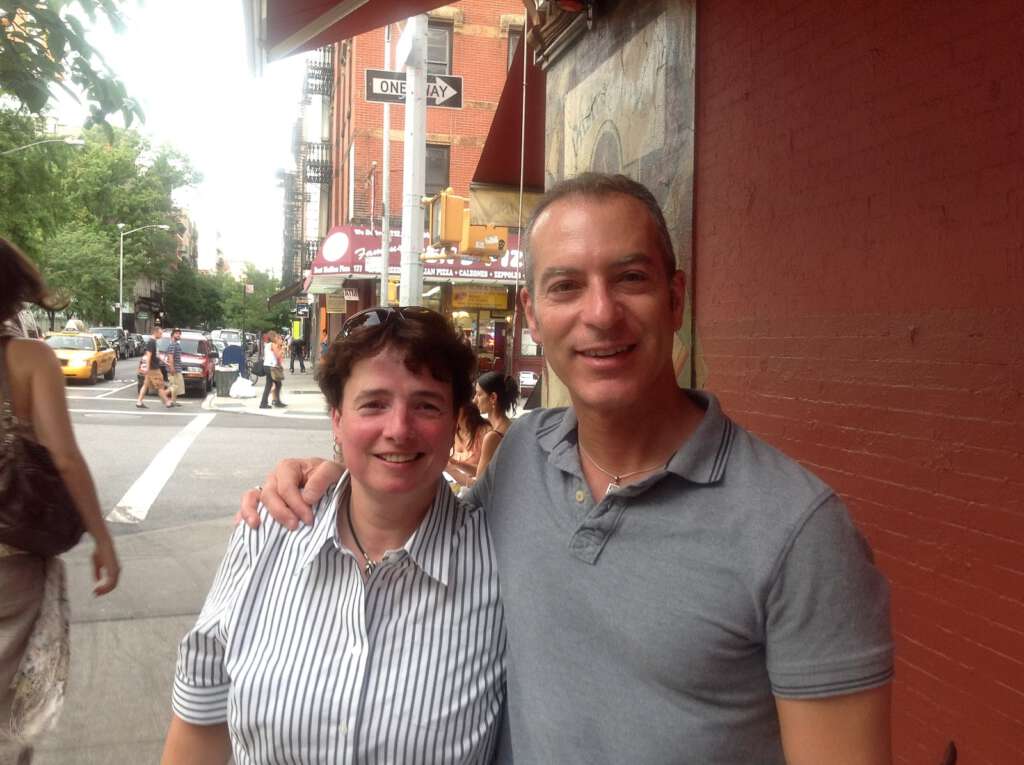
Gloria and I still chat on Facebook, often commenting on each others’ posts, and reminiscing about the good old days.
A few doors down, I finally came upon my house, at 1712. It’s the house between the fire hydrant and the tree. We lived on the upper floor. The three windows on the right were in the den, where we watched TV. The two windows above the doorway were my little bedroom. Some homes on that side of the street had an iron gate around the base of the steps. Ours did not, when we lived there. It must have been added after 1990 or so, after we left.
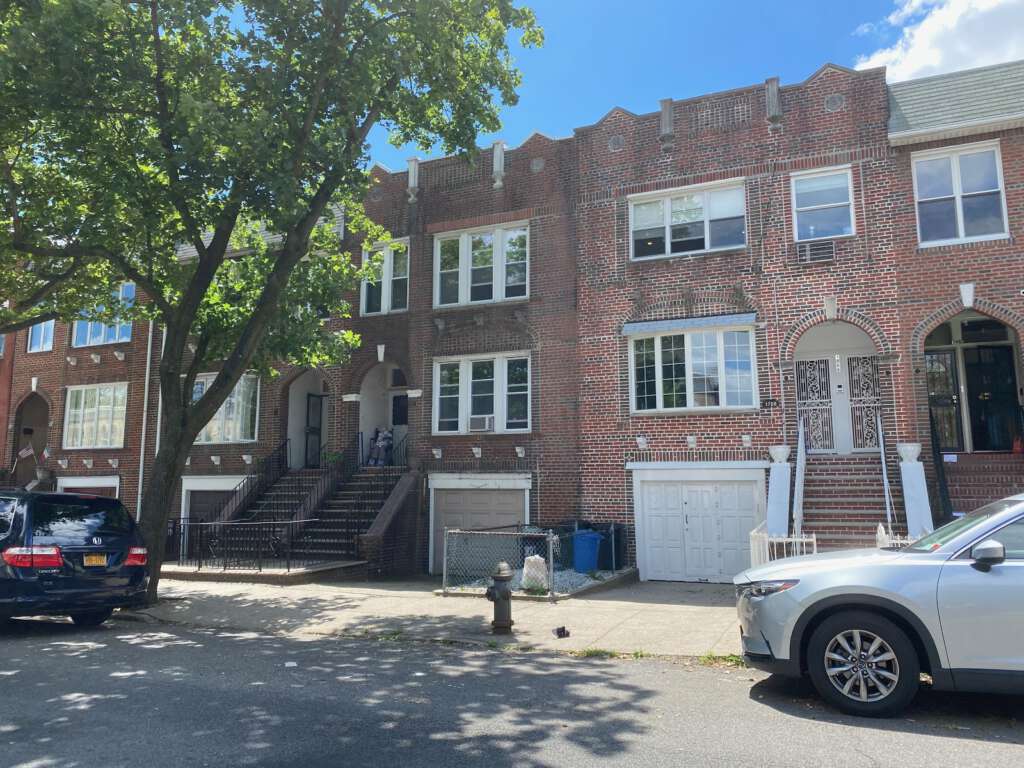
I started walking closer, to get a better look at the place. To my surprise, sitting on the top step, in front of the door to our old apartment – a door that I passed through thousands of times – was an old woman in a wheelchair, accompanied nearby by another seated woman who I suspect was her home health aide. Both were wearing masks.
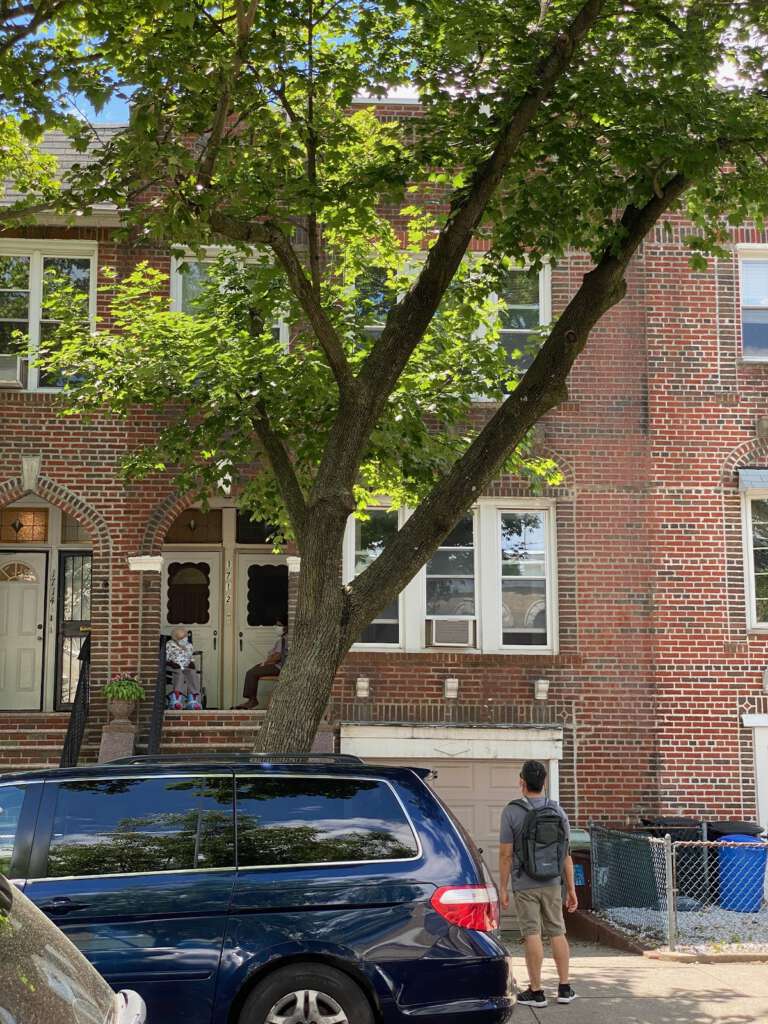
I suspect that the elderly woman is Ruth, the woman who owned the home. She was our landlord. Not only did she never sell the place or move away, but her son Billy, who is ten years older than me, moved into the upstairs apartment when he got married. This was the reason we moved out of the apartment. I suspect my folks would have stayed there forever if Billy hadn’t forced us out.
He still lives there; my sister said she sometimes see him around.

I don’t think Ruth was younger than my mother. She had to be older. For argument’s sake, if we say that they were the same age, then Ruth would be around 94 years old today. My parents did not like the woman. My sister and I despised her. She was cranky and annoying, and her voice was like nails on a chalkboard. My parents lived in constant fear that she would raise the rent, which she did on a regular basis. I had no interest in finding out for certain if this elderly woman was Ruth. I certainly had no intention of speaking to her. I doubt she would recognize me if she passed me in the street, and I’m pretty sure I wouldn’t recognize her either. I have not laid eyes on her in at least 30 years. Fortunately, we were both wearing masks, which made the entire issue moot.
On this side of the street, this contiguous row of two-family homes ran most of the length of the block, ending here at 1722. In this house you had the Columbos in the downstairs apartment, and the Pisanos in the upstairs apartment. I didn’t hang out with Steven Columbo much, but I hung out with Frankie Pisano, aka “Pie”. He was an overweight kid, but strong as an ox and a very good athlete.
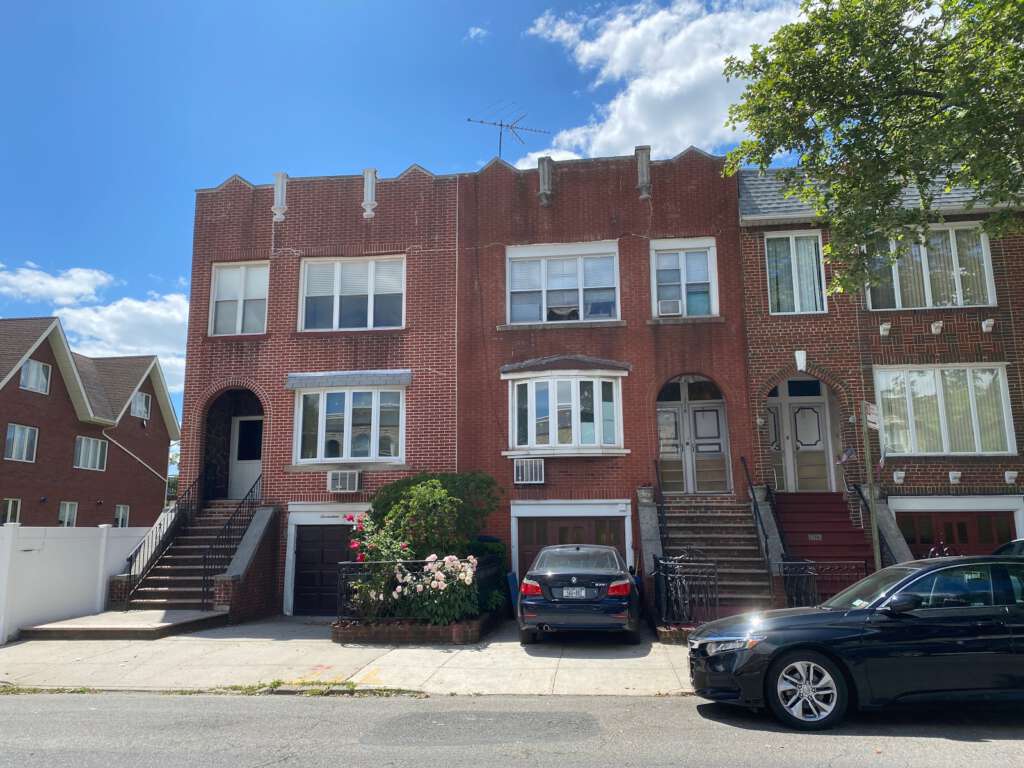
The eastern side of the street also had rows of connected houses.
The ones at the north end of the street differed from those at the south end. I think the homes on the eastern were a little nicer, frankly.
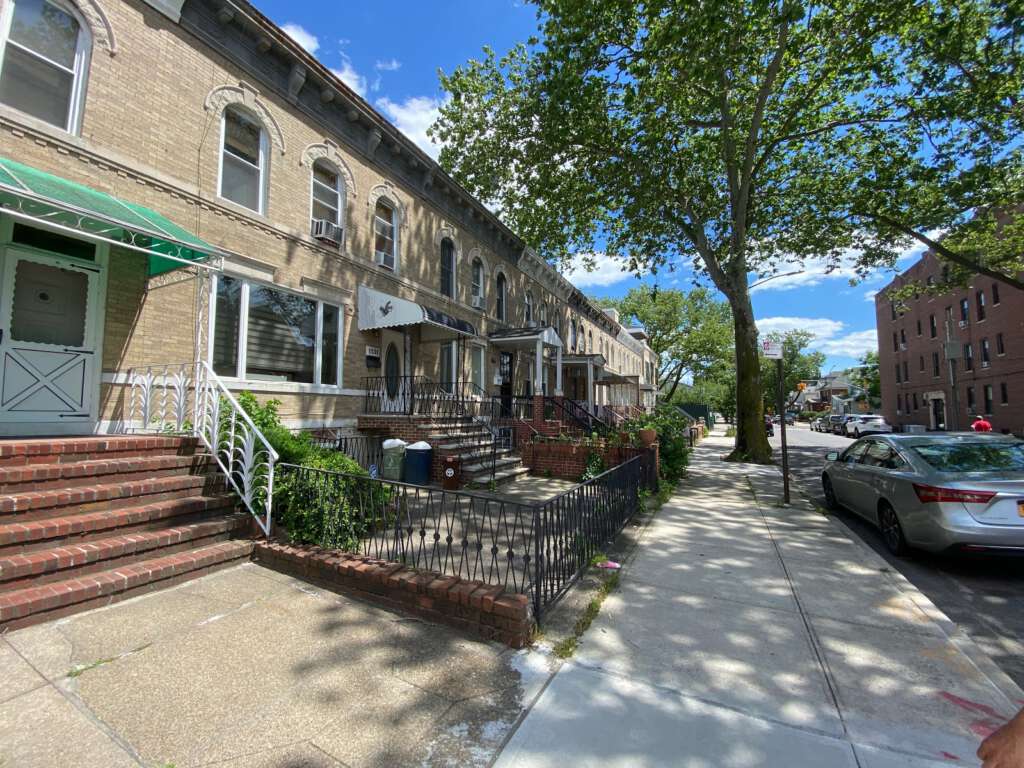
Down near the very end, at 1737, was the home belonging to the DeLucias.
It had a nice awning and a nice big porch.
Joey DeLucia was one of my best friends back in those days, and we hung out quite a bit.

He was a bit short in stature, and we sometimes called him Lil’ D. I had a bicycle with a banana seat, and we’d ride on the same bike together. But instead of him sitting behind me like most passengers, I would sit in the back and pedal, and he’d sit up front and steer. He, too, was a good athlete. As I mentioned above, he and his cousin Gloria met me for dinner in Soho in 2012, and he looked just as I remember him.
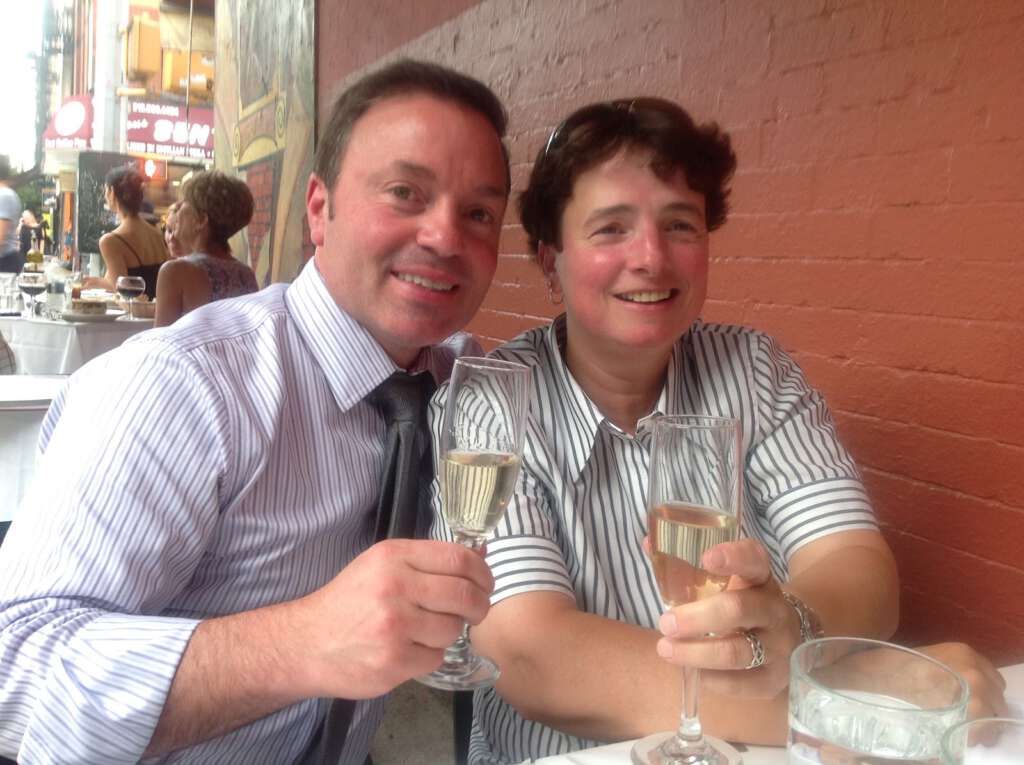
Across the street and a little south of their house was an apartment building. All of the neighbors on the street pretty much knew each other, but the apartment building was a bit of a mystery. The only family I knew in that building were the Kovaliks. I was friends, briefly, with their son Michael, a fucked up kid with a bizarre nervous tic. That friendship didn’t last, thankfully, as he was an unsavory character to say the least.
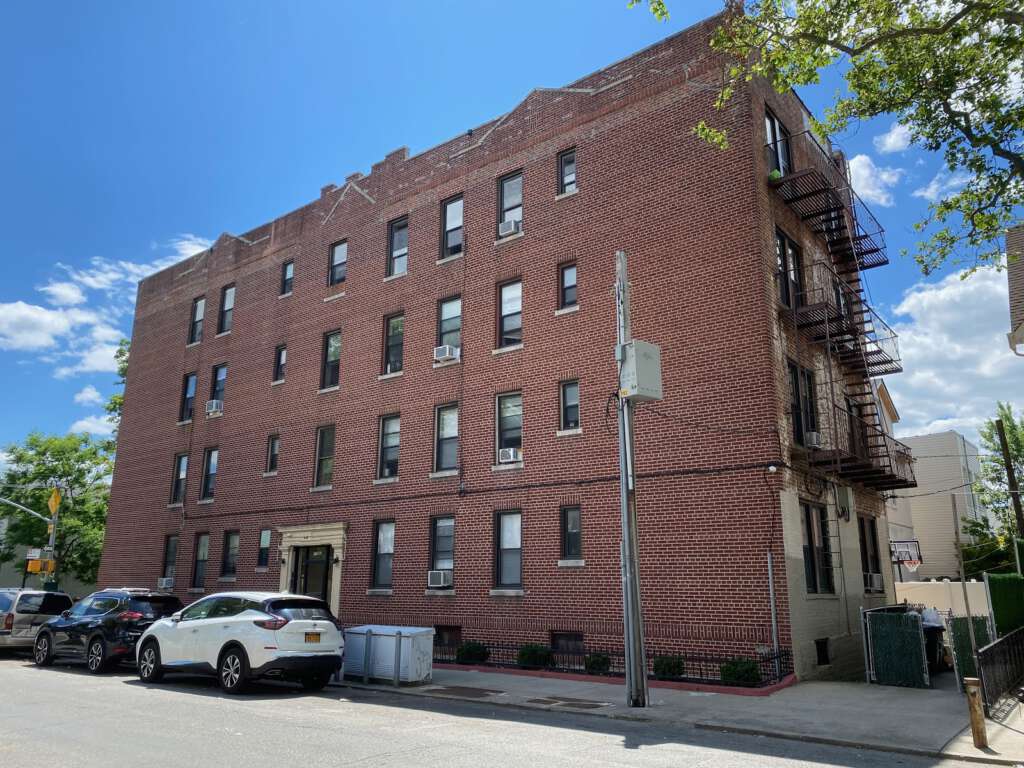
I wanted to visit my old elementary school, which was a few blocks west, but before that, I took a short detour east, on Quentin Road, to peek at the alleyway that ran the length of the block behind the homes on the east side of East 2nd street. Some of the homes had backyards, while others had garages. This alleyway was how you accessed the garages with your car. We used to play football, softball, frisbee, and other sports in this alley, which is hard to fathom now, because it’s so narrow. When you’re a small kid, though, everything looks huge to you, and I guess that was the case back then.
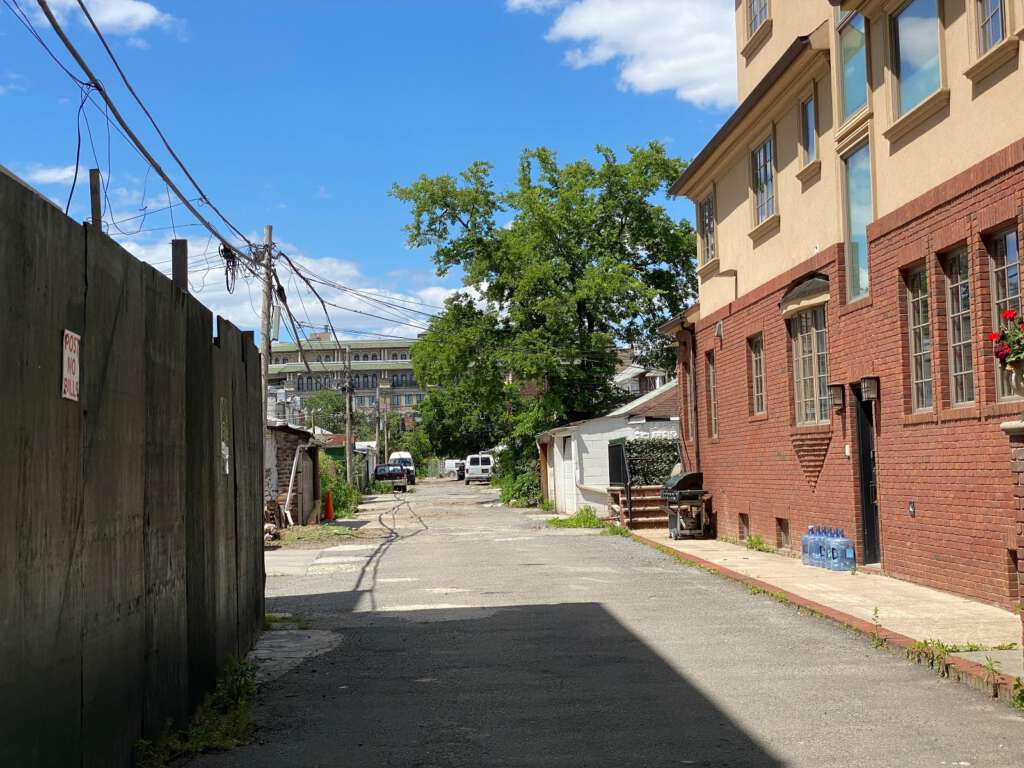
After peeking down the alley, I backtracked and headed west. The street to the west of East 2nd Street is not East 1st Street; there is no East 1st Street. It’s called McDonald Avenue. The elevated train (F line) runs along McDonald Avenue. Living a block away from McDonald Avenue, you could hear the train go by while you were in your apartment. It’s something you get used to, and you learn quickly to ignore it. Only in my parents’ bedroom was it noticeable, especially if the window was open in the summer. The train passing by only lasted for about 30 seconds, but that was sometimes just long enough to miss an important snippet of TV dialog.
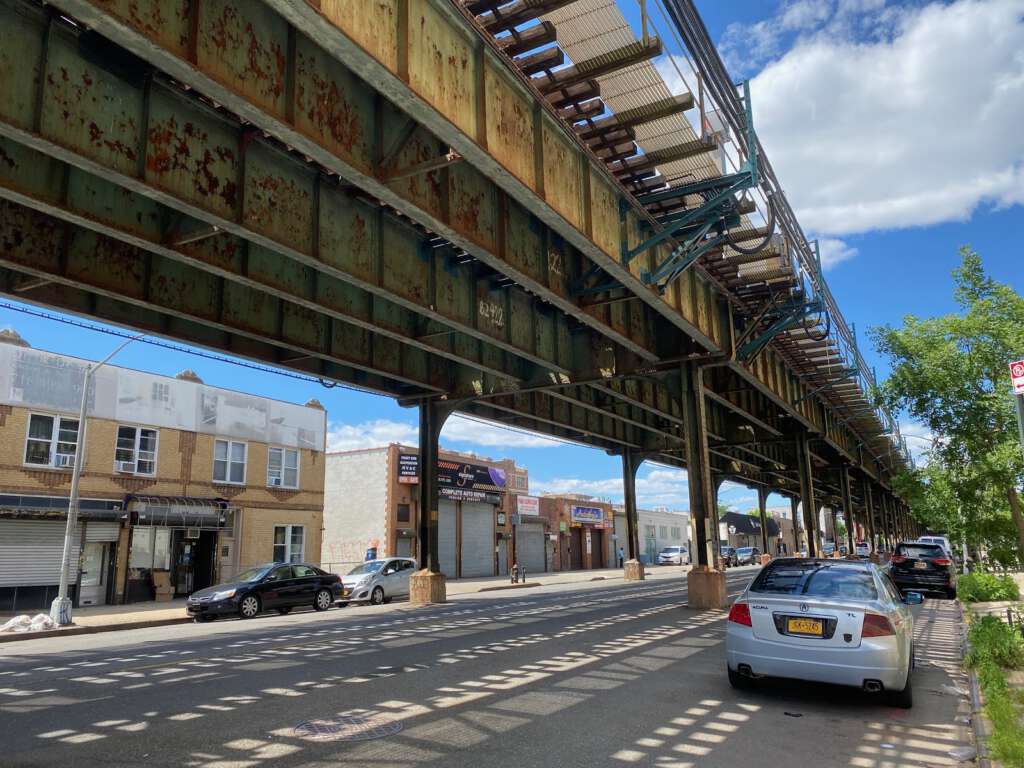
My elementary school, P.S. 177, is located on the next street, Dahill Road. I attended kindergarten through 6th grade here. They used to rank the classes by intelligence. If you were in second grade, and you were in class 2-1, you were in the smart bunch. Class 2-2 was almost as smart. Class 2-6 were the dunces. It’s amazing that they would create such a potentially stigmatizing system, and I guess they realized it, too, around 1970. I was in Class 1-1, Class 2-1, and Class 3-1, and then the next year I was suddenly in Class 4-406, and then 5-509, and finally 6-513. The last three digits were the classroom number. A nicer way of doing it, for sure. It’s funny how I can barely remember what I had for lunch yesterday, but I remember the names of all of my teachers from first to sixth grade: Miss Lavin, Miss Sandler, Miss Cirillo, Miss Moss, Mrs. Gerstner (horrible woman; the spawn of Satan), and Mrs. Brigandi.
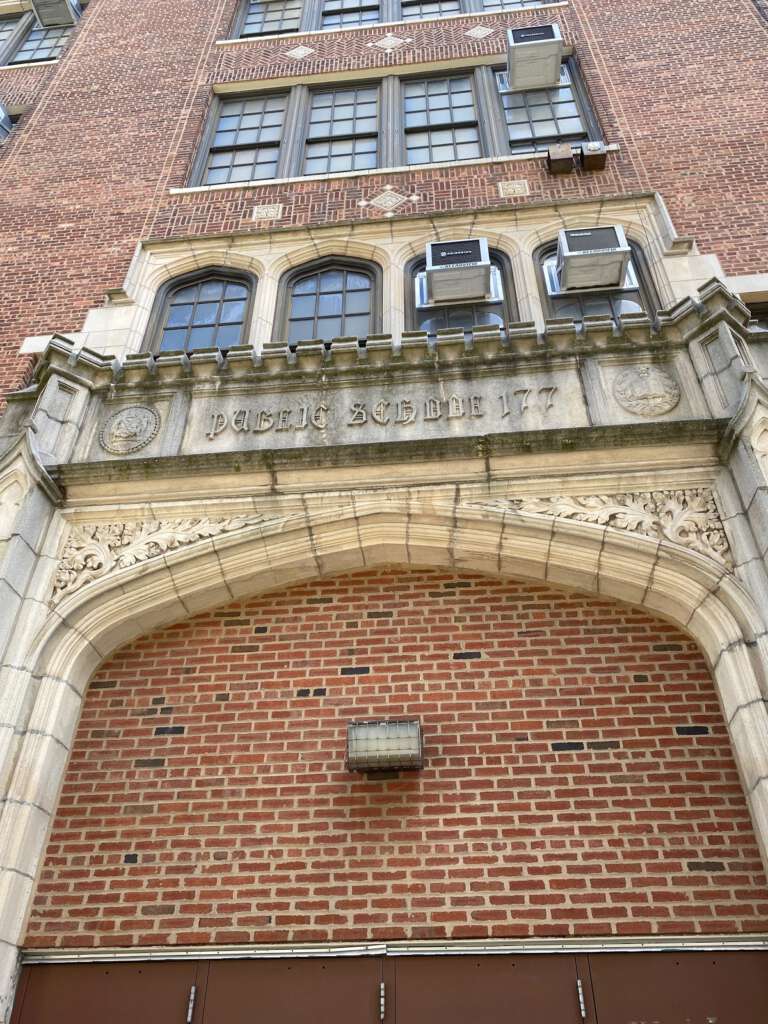
The schoolyard here was the sight of many ball games, a popular one being “punchball”. This was basically baseball, but without a pitcher. Instead of using a bat, you would actually throw the ball in the air and punch it with your fist. Very innovative. I had a pretty decent arm in those days, and I was one of the few kids in my class who could throw a ball onto the roof of the school. I discovered this when a classmate challenged me to do it, and they lost their ball as a result. Tough noogies, as we’d say back then.
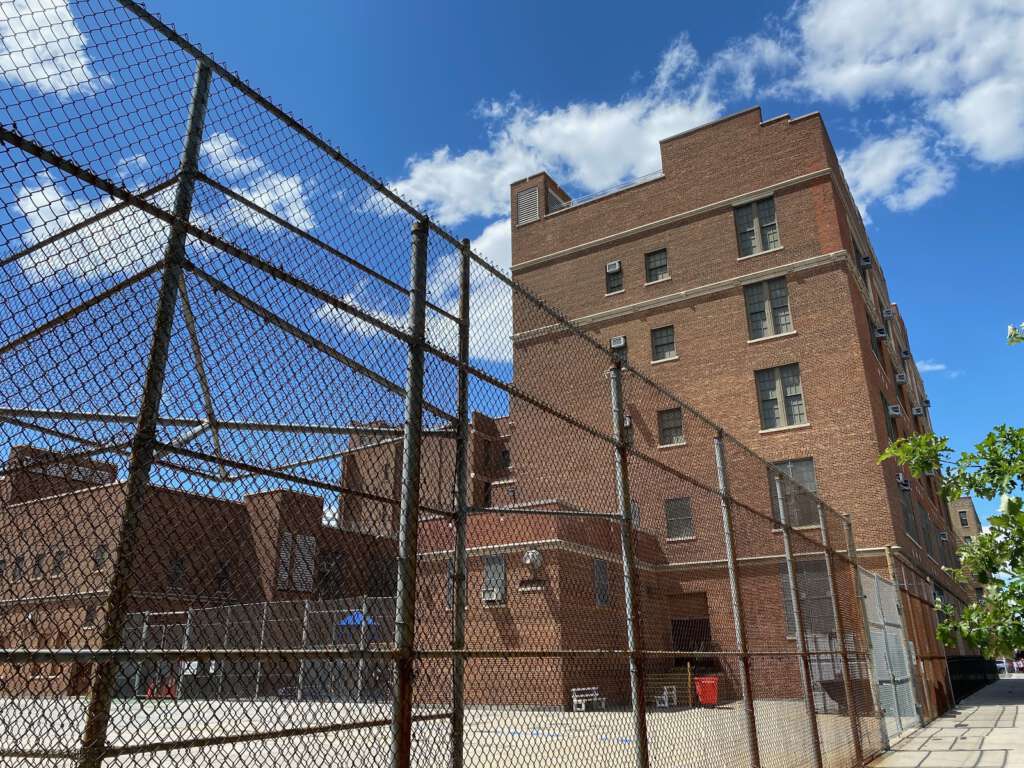
I was tempted to walk a few more blocks south to Aveune S, to my middle school, David A. Boody Junior High School, but I kinda had enough for one day. Plus, the two years I spent at Boody were a nightmare, being surrounded by moronic teachers and larval criminals. Imagine having some low-grade variation of Joe Pesci or Harvey Keitel teaching every class. That was Boody.
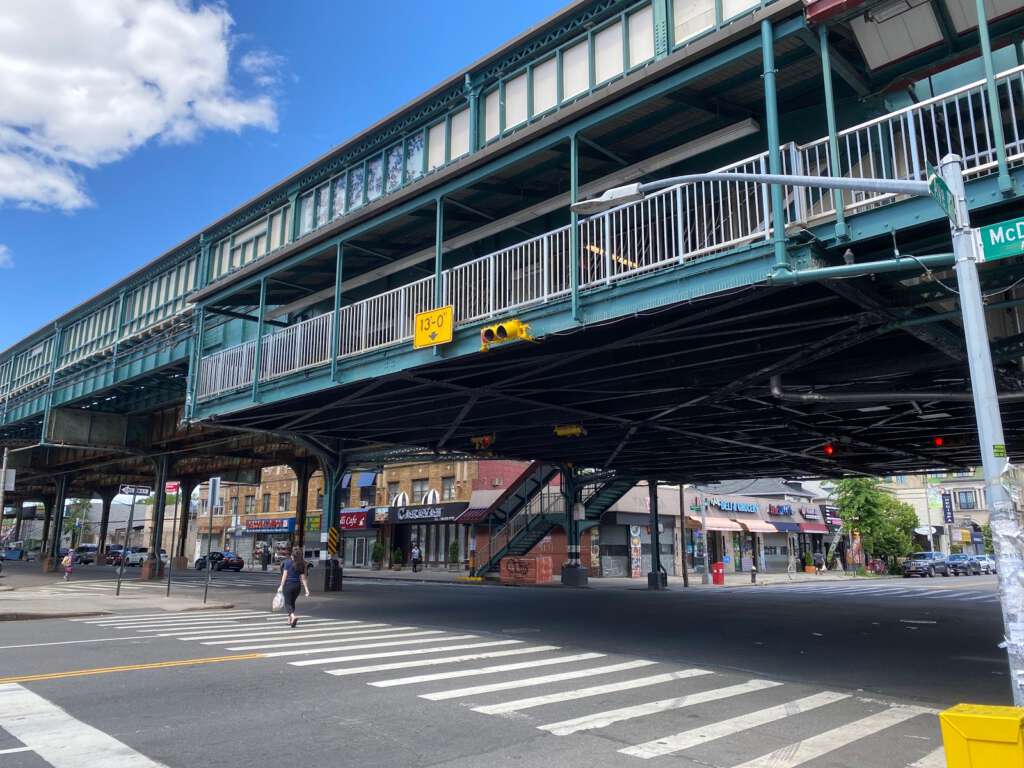
We headed back to the train station, and then remembered that the F train wasn’t running past Church Avenue, so we walked two blocks to Kings Highway, and then to East 16th Street, to catch the Q train back into the city. The walk on Kings Highway was interesting. Kings Highway was (and still is) a big shopping street. As expected, every store is different from when I was a kid, however… I was amazed to see this movie theater still here.
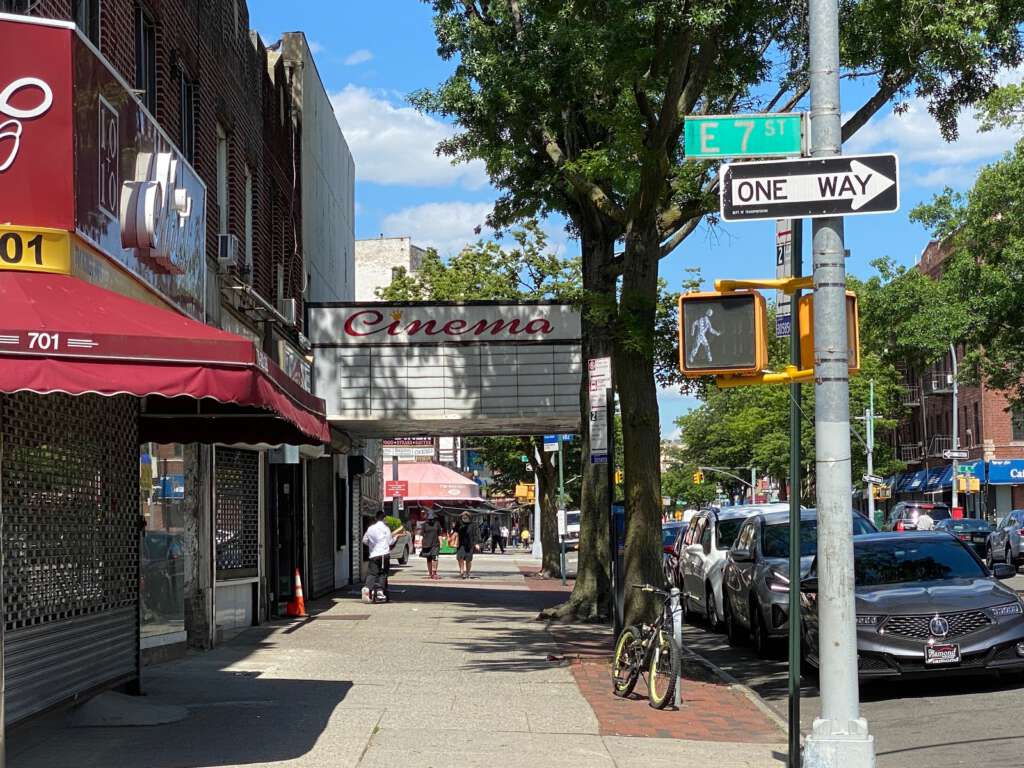
There were three main theaters where we’d catch a movie: the Kingsway, the Avalon, and the Highway. I remember seeing a double feature at the Highway theater: the James Bond Film “On Her Majesty’s Secret Service”, and The Beatles’ “Yellow Submarine”. Two movies, for $1. The last ten rows of the theater were the smoking section, and the theater employed a matron who would show you to your seat. Hard to believe. I also recall going to the Kingsway theater for a Planet of the Apes festival, where they showed all five apes movies: Planet of the Apes, Beneath the Planet of the Apes, Escape from the Planet of the Apes, Conquest of the Planet of the Apes, and Battle for the Planet of the Apes. That last one came out in 1973, so I must’ve been 13 years old at the time. Anyway, the movie theater in the photo was not included in the list of theaters we patronized. This theater showed X-rated films. You never saw anyone go inside, but there’s always an audience for smut, and I’m sure they had plenty of customers. The theater didn’t have a name. The marquee just said “Cinema”. To everyone, it was the “dirty movie theater”. Today it was closed, of course, due to the pandemic, but I couldn’t tell by glancing through the window if it’s still an active theater. I really can’t believe that it’s still here after all this time, and that it has that same marquee.
And so concludes this little walking tour of my old neighborhood. I imagine it’ll be another ten years or so before I get all nostalgic and feel the need to visit again.

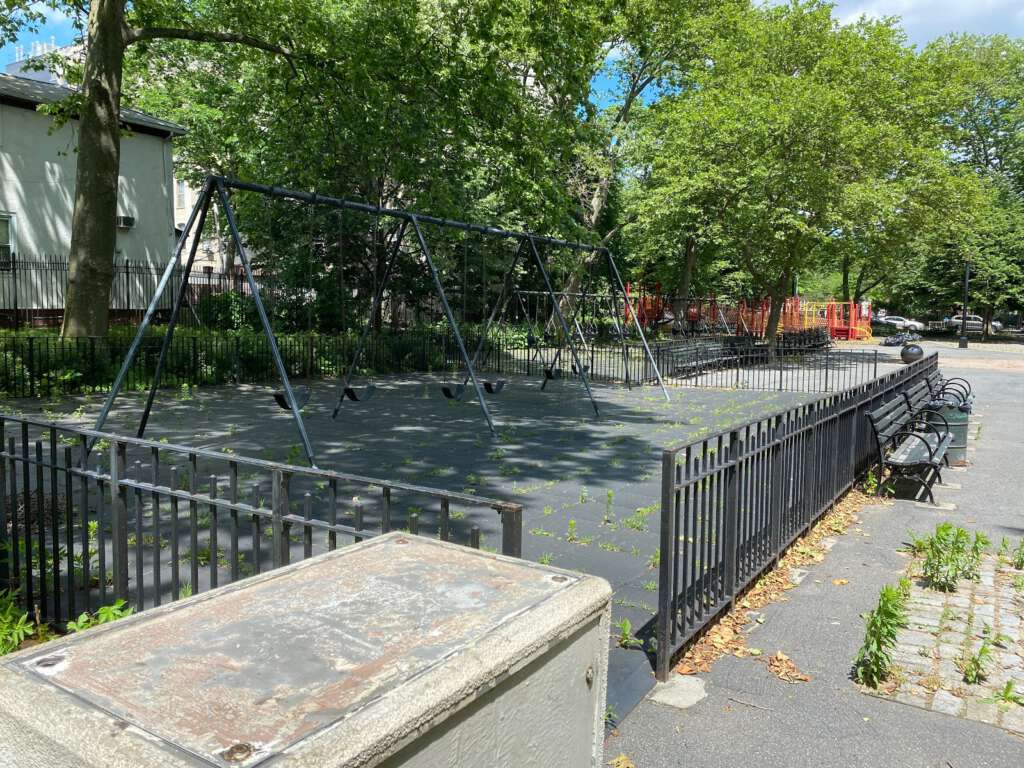
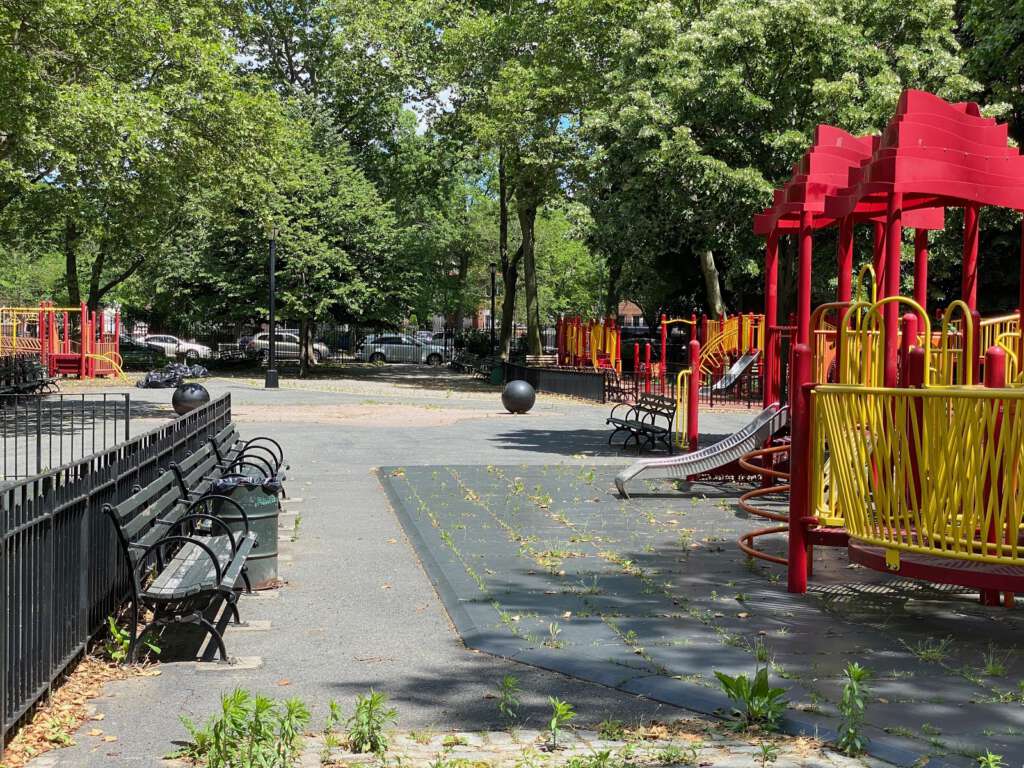
1 Comment
Gloria
So many memories!